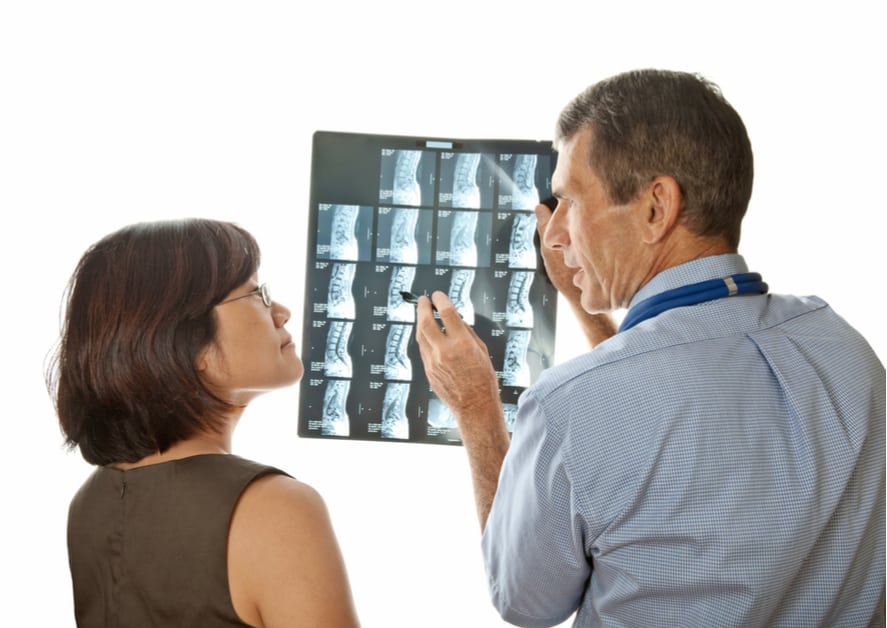
06 Jun Does your MRI even matter?
In the United States, low back pain is second only to the common cold as the reason for patients to seek medical care. Patients often receive advanced imaging as a way to point to the source of their pain. The relationship between abnormalities in the spine as seen on MRIs and low back pain is controversial, however. All too often, health care practitioners refer patients for advanced interventions such as drugs, injections or even surgery before exhausting conservative therapy. I believe this to be a great disservice to the patient, certainly in light of the study titled “Magnetic Resonance Imaging of the Lumbar Spine in People without Back Pain” which was published in the New England Journal of Medicine in July, 1994.
This study took about 100 hospital employees that did not have low back pain and gave them a lumbar spine (low back) MRI. Two independent neuroradiologist read the MRIs and the results were staggering. Only 36% had normal discs; that’s less than half having a “normal” MRI! An incredible 52% had a disc bulge (a very mild form of herniation) at one level. Twenty-seven percent had a disc protrusion (a more involved form of herniation). One percent had a disc extrusion (the most dramatic type of herniation). Almost half of the study’s (38%) population had more than one abnormality and 14% had annular tears in the discs. It’s very easy for a patient to interpret these findings as catastrophic without the proper context. The good news is that many of the study’s subjects had highly suspicious findings on their MRI without the presence of symptomatic back pain.
There is a big difference between “perfect”, “not perfect” and “problems” when looking at advanced imaging, like an MRI. This study demonstrates that the majority of individuals will have findings on an MRI. It is important for patients to not get too caught up in the “not perfects” and interpret those findings as “problems” that need to be handled with drugs or surgery. Just this February, the American College of Physicians published a guideline calling for physicians to consider non-pharmacological options first when treating acute, subacute, and chronic low back pain. Chiropractic provides a majority of the treatments included as the first line of defense by the ACP guideline and consulting with a chiropractic doctor is a great place to start for managing low back pain.
ORIGNAL ARTICLE:
http://www.nejm.org/doi/full/10.1056/NEJM199407143310201#t=article
